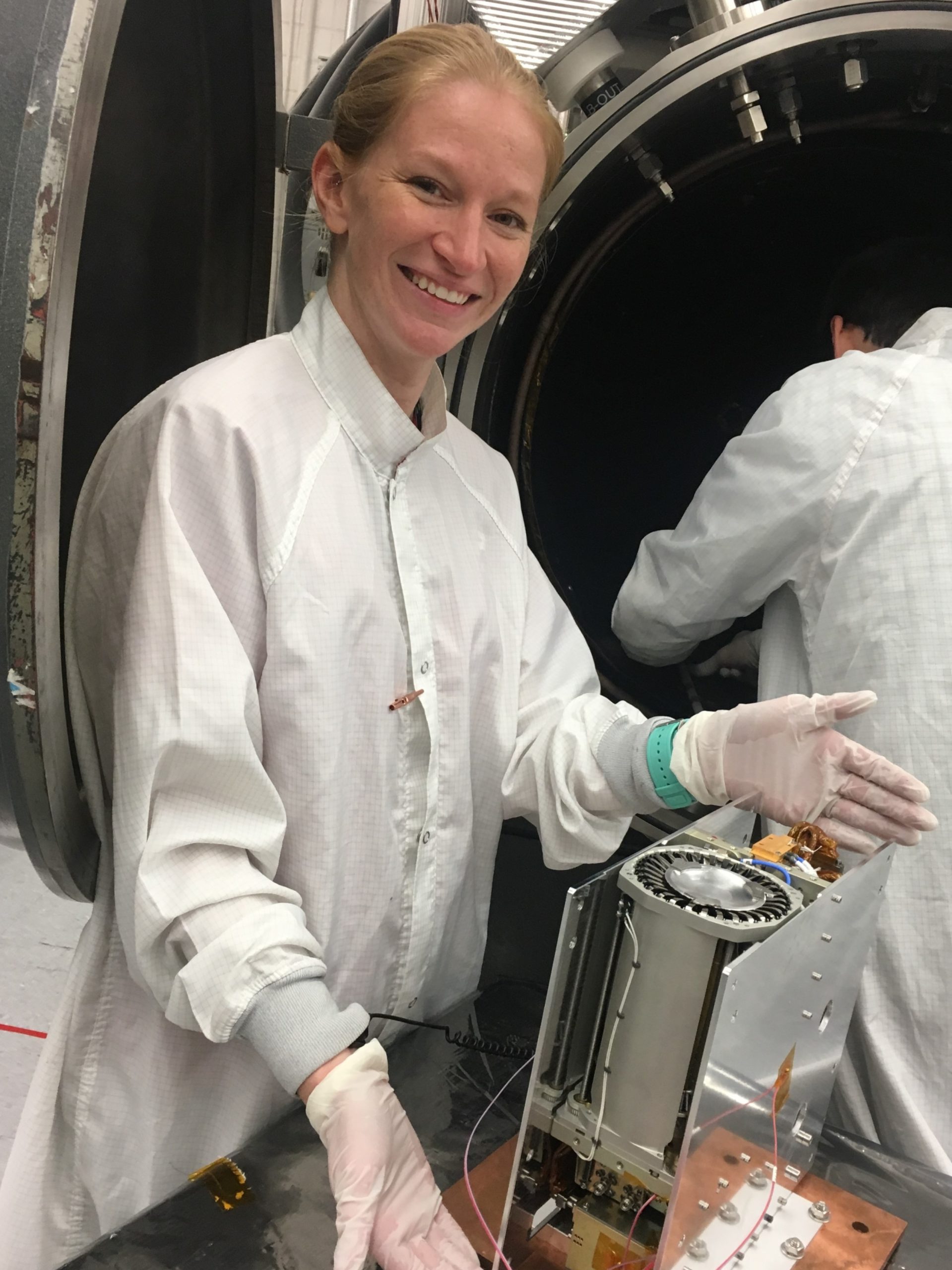
While celebrating my 10 year work anniversary at JPL earlier this year (Feb 2021), I serendipitously was saying farewell to a project and team I had been managing for the past five years. RainCube, which stands for Radar in a CubeSat, is an Earth Science mission that successfully demonstrated the first active radar on a CubeSat. In 2015, when I started leading a feasibility study for the RainCube mission concept, radars and CubeSats were somewhat of an oxymoron. CubeSats are miniature satellites with modest capabilities compared to traditional satellites, and traditional space radars require a lot of satellite resources (power, mass, volume, etc.). Fortunately, CubeSat technologies were quickly advancing while the development of a miniaturized radar at JPL was showing a lot of promise. This ultimately led to a competed mission proposal and selection by NASA and the beginning of my five year journey as the RainCube Project Manager.
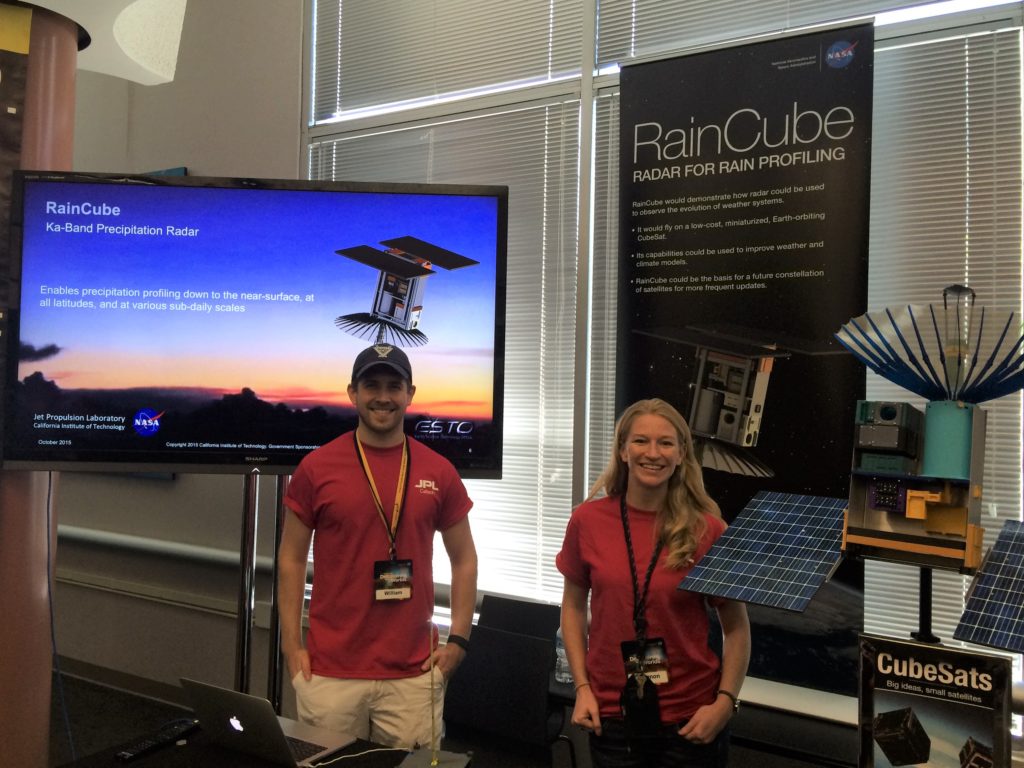
From 2016 to 2018, the RainCube team was in high gear developing and testing the flight hardware and software, preparing and testing the ground systems, and finally delivering the satellite (6U CubeSat) for launch. Although small and less complex in some aspects, CubeSats and small satellite missions are particularly challenging given their very aggressive schedules and budgets, which means smaller and more dynamic teams. Unlike traditional space missions, these missions can’t afford to staff for every engineering discipline, and it’s critical that the teams are composed of very versatile individuals. It’s also rare to have the project manager in the cleanroom on a regular basis, handling and testing the satellite. In fact, you typically don’t want managers anywhere near the sensitive flight hardware. For CubeSat missions, however, this is commonplace and part of why I find them so rewarding. Thankfully I had an amazing team on RainCube, and I didn’t break anything as far as I know. 😉 Below are a few pictures of the RainCube team members and satellite.
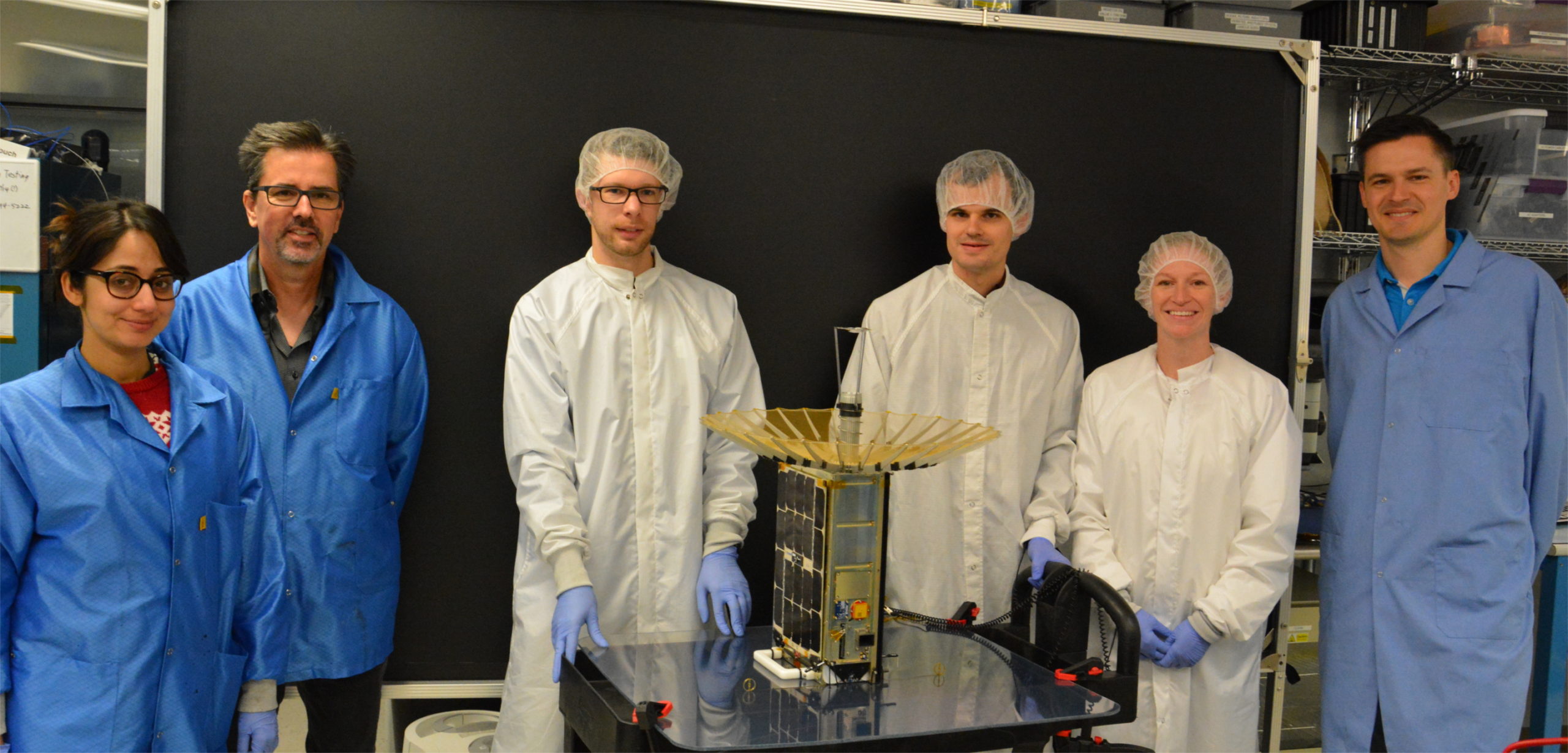
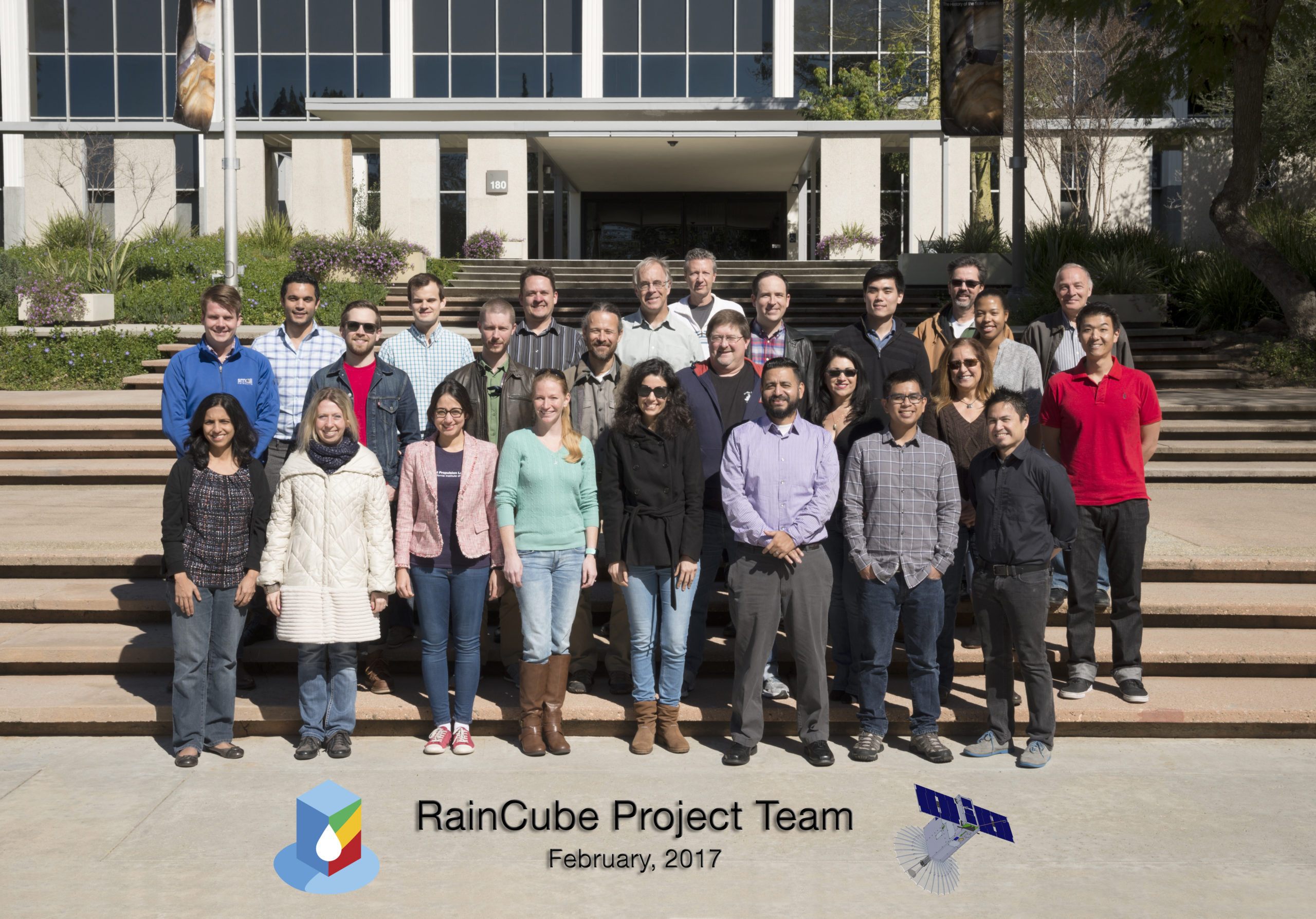
The RainCube satellite was launched to the International Space Station (ISS) in May 2018, and you can read more about the launch at my husband’s blog post: OA-9 Launch. The mission officially began on July 13th after the satellite was deployed from the ISS and powered on for the first time in space. One of the benefits of deploying from the ISS is the amazing imagery captured by the ISS cameras (see below). We also had a camera on-board the RainCube satellite to visually capture the radar antenna deployment. Although there were a number of sensors to confirm the successful deployment of the antenna, as they say, “A picture is worth a thousand words.” 🙂
RainCube detected rain in August 2018, which marked the first successful demonstration of an active radar on a CubeSat and proved that the radar was working as expected. The RainCube satellite continued to operate in space for nearly 2.5 years until it naturally deorbited and burned up in Earth’s atmosphere on Christmas Eve 2020 – officially ending the RainCube mission and hopefully giving someone a Christmas shooting star. ? A great summary of the mission and our successes can be found in the JPL end-of-mission press release: A Pioneering NASA Mini Weather Satellite Ends Its Mission.
At JPL, the term “from cradle to grave” is often used to denote the entirety of a mission life: from concept to completion. Thus, I managed the RainCube mission “cradle to grave”, and it was an incredible experience. Although saying farewell to the RainCube project and team is bittersweet, I am very proud of what we have accomplished, and I’m excited to see what the future holds for these small satellites.
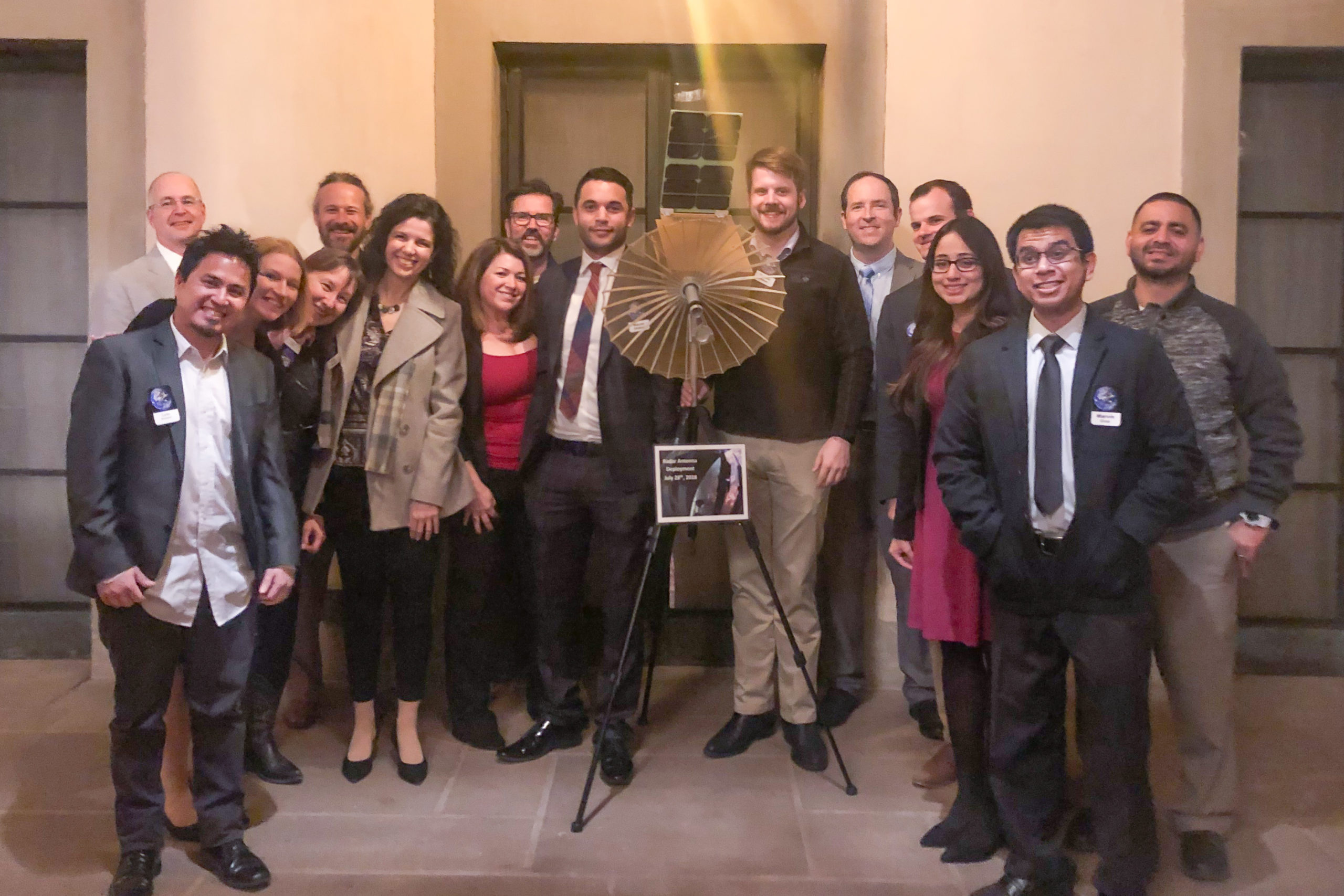
Fun Fact #1: While the RainCube proposal team was waiting on the results from our submission (~7 months), I worked on MarCO, the first deep space CubeSat mission that I talked about in a previous blog post: When NASA Goes To Hollywood. The timing worked out really well, and I’m grateful to have supported two groundbreaking CubeSat missions.
Fun Fact #2: RainCube and MarCO launched in the same month (May 2018), and they were both nominated for Small Satellite Mission of the Year in 2019 with MarCO ultimately taking the prize.
Fun Fact #3: XKCD has a silly comic about CubeSats, and here’s a neat video of a Cosmonaut releasing a 1U CubeSat into space from the ISS back in 2014 (YouTube link).
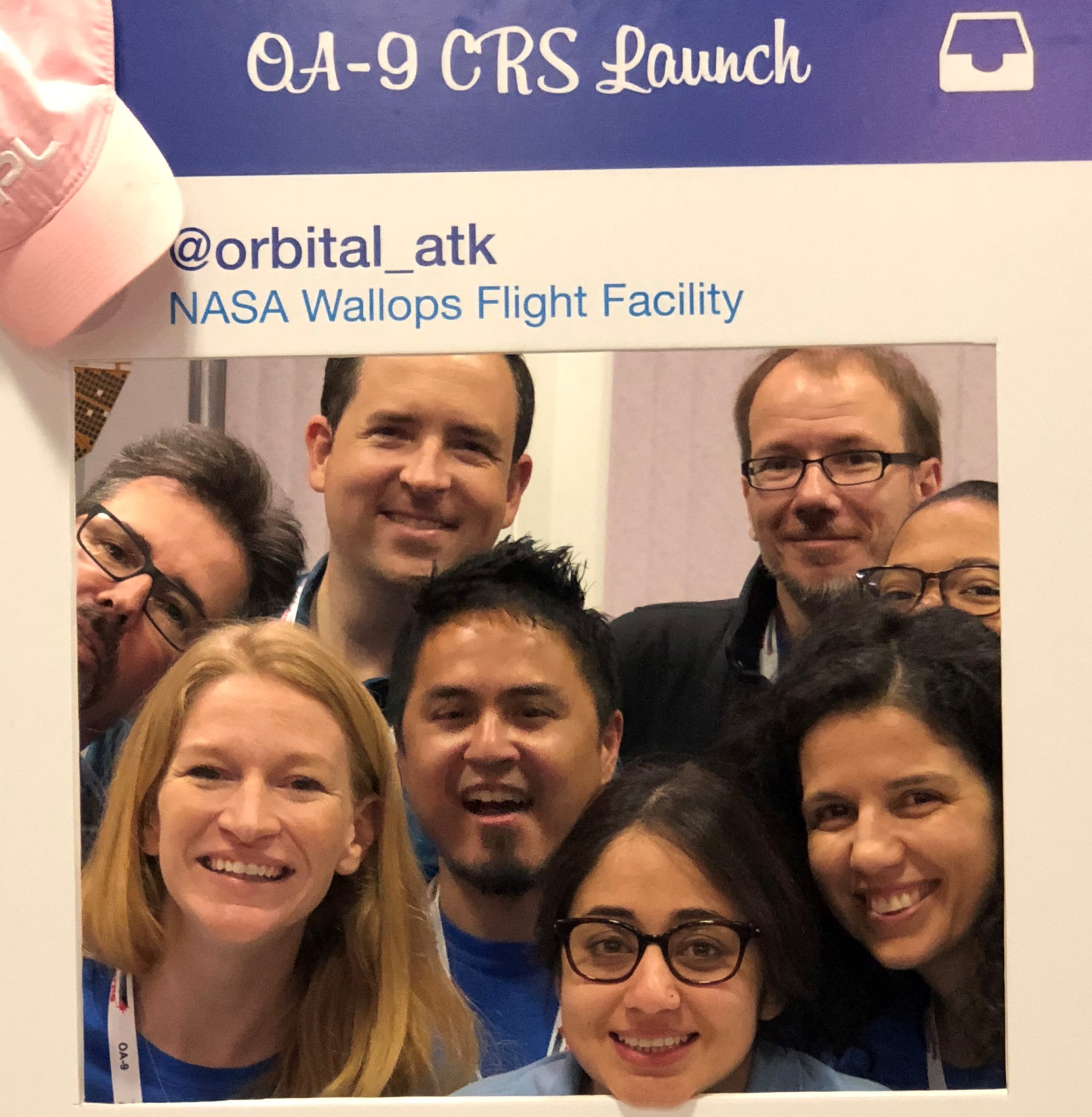
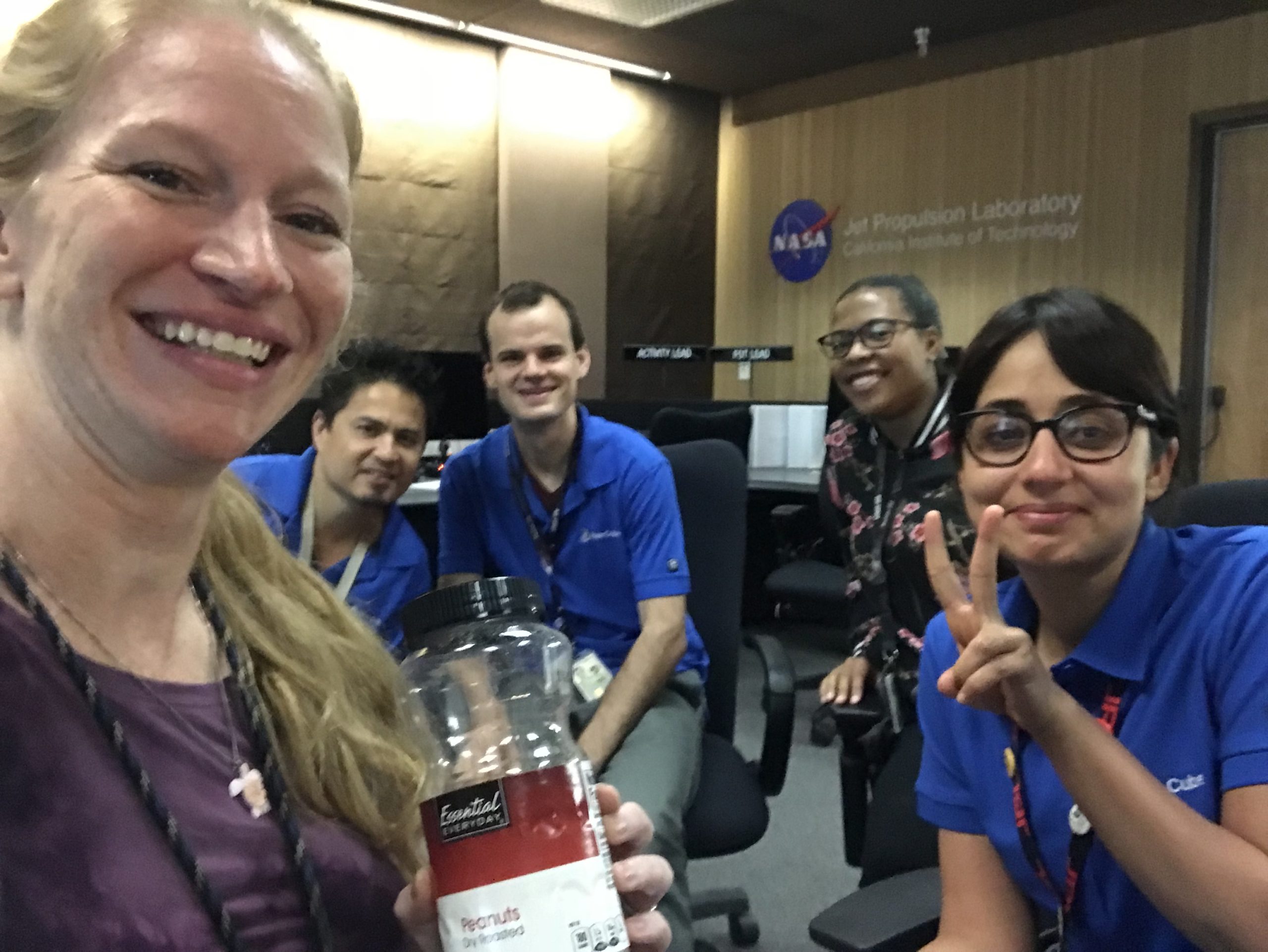
This is so cool, shannon!!!!! I’m highly impressed and what an awesome project to work on! So very cool. Go Science!